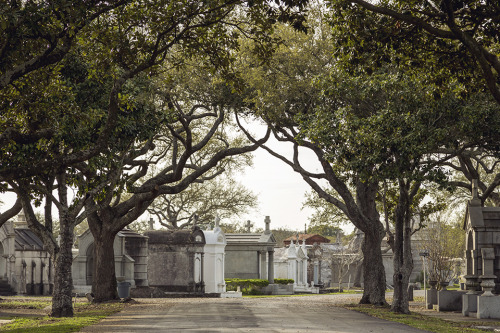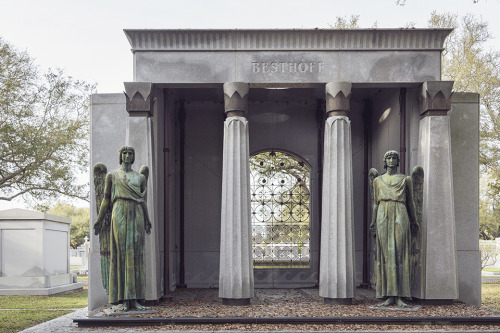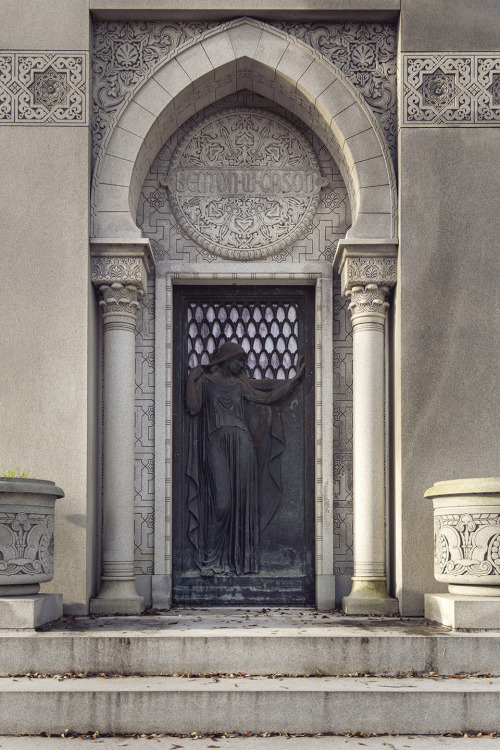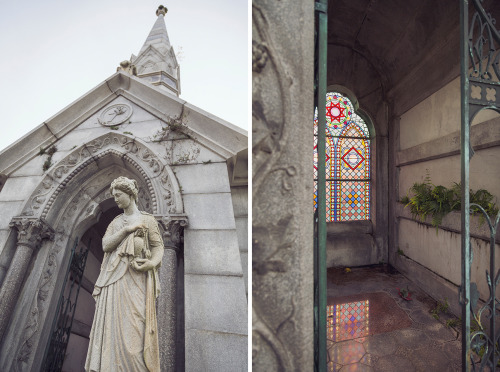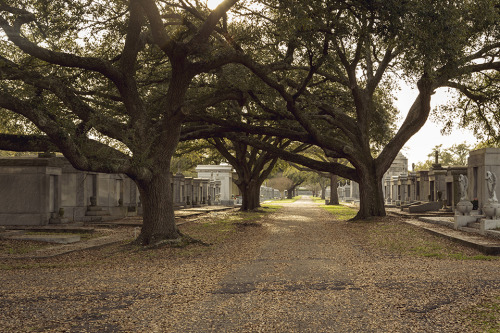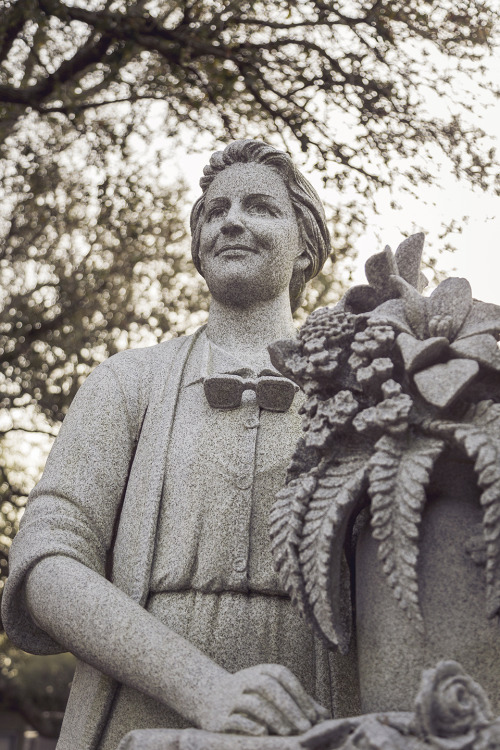#funerary
Marble slab from the family tomb of a castellarius
The inscription reads:
D(is) M(anibus) / Cleme(n)ti Caesar/um n(ostrorum) / servo caste/llario aquae Cl/audiae fecit Clau/dia Sabbathis et si/bi et suis
The deceased, Clemens, controlled the distribution tanks (castella) of the Aqua Claudia (initiated by Caligula in 38 and completed by Claudius in 52), mentioned in the epigraph of the arches (now Porta Maggiore) incorporated in the Aurelian Walls (the final part of a 69 km path fed by springs from the upper valley of the River Aniene). The massive water system that served the capital of the Empire, described in a monograph by Frontinus, alone offers an indication of the magnificence of the city, divided into 14 regions and filled with fountains and thermal baths. Clemens was buried by his wife who bears, alongside a name of Semitic origin (Sabbathis), the same family name as Claudius. Perhaps the deceased (referred to generically as “slave of our Caesars”) belonged to this emperor and others who succeeded him rather than to the two co-reigning emperors: Marcus Aurelius and Lucius Verus (161-169 A.D.), M. Aurelio and Comodo (177-180 A.D.) or Septimius Severus and Caracalla (198-209 A.D.).
From Rome, unknown burial monument
Second half of the first – late second century A.D.
© Roma, Musei Vaticani, Galleria Lapidaria
Post link
Funerary stele, made of limestone, of the freedman and sevir Q. Valerius Restitutus. Still alive, he erected the funeral monument for himself, for his wife and for Lucius Metellus Niceros. The structure has two columns on the sides with corinthian capitals, a pediment with Gorgon’s face, and perhaps two corner acroteria in the shape of lions. There is a bass-relief in the lower part with an artisan, maybe an aurifex brattiarius, a jewellery maker, or a lanius, butcher. The second hypothesis is supported by the discovery of a boundary stone with the figure of a bull on the pediment and an inscription which indicates the same dimensions of the funerary area (20 x 20 roman feet).
The text reads:
V(ivus) f(ecit) / Q(uintus) Valerius / Q(uinti) l(ibertus) Restitutus / VIvir sibi et / Gaviae Cogitatae / uxori et / L(ucio) Metello Niceroti / q(uo)q(uo)v(ersus) p(edes) XX
First half of 1st century AD
@ Archaeological Museum of Bologna
Post link
Marble funerary Inscription of Caecilius Hilarius, physician to the famous Caecilia Metella. Her circular tomb is still seen as a large monument on the Appian Way south of Rome.
The inscription reads:
Q(uintus) Caecilius Caeciliae / Crassi〈uxoris〉 l(ibertus) Hilarus, medicus,
/ Caecilia duarum / Scriboniarum l(iberta) / Eleutheris, / ex partem dimidiae sibi êt suis.
meaning: “Quintus Caecilius Hilarus, a doctor, / Freedman of Caecilia, wife of Crassus. / Caecilia Eleutheris, freedwoman of / two Scriboniae. With the share of a half. / For himself (themselves?) and their (family).”
The doctor’s praenomen Quintus was taken from the name of Caecilia Metella’s father. Caecilia Eleutheris was Hilarus’ wife. She was the freedwoman of the two “Scriboniae,” one of whom was the first wife of Augustus (40-39 BC) and mother of his only child, Julia. The other sister was married to the son of Pompey the Great, Sextus Pompeius, who was defeated by Augustus/Octavian in 36 BC.
In the second line, the inscriber ran out of space and put the final “us” of “medicus” in small letters.
27 BC / 14 AD.
Found in Rome on the via Salaria in the so-called “Monumentum Caeciliorum“.
© Harvard Art Museums, Cambridge, MA
Post link
Marble funerary altar, carved in high relief with the figure of the deceased, named in the accompanying, elegantly carved Latin inscription as Anthus. The altar was set up by his father, L(ucius) Iulius Gamus. Although Anthus’ age is not given, he clearly died while still a child, since he is referred to as “(his) sweetest son,” and a personal touch is given to the relief by showing Anthus with his pet dog.
The inscription reads: Diis Manib(us) / Anthi / L(ucius) Iulius Gamus pater fil(io) dulcissim(o), meaning “To the Spirits of the Departed. Lucius Iulius Gamus, father, to Anthus, (his) sweetest son”.
1st half of 1st century A.D.
© The Metropolitan Museum of Art
Post link
Marble lid of a cinerary chest, fashioned to look like the roof of a barrel-vaulted building with acroteria at the corners in the form of theatrical masks and palmettes. The inscription on the front panel reads:
D(is) M(anibus) / Sex(ti) Flavi / Pancarpi / q(ui) vix(it) ann(os) LXVII
meaning “To the spirits of the dead, [of] Sextus Flavius Pancarpus, who lived 67 years.”
Despite the fact that the inscription mentions only a man, the lunettes at the sides show both male (globe and box of scrolls) and female (mirror and spindle) attributes, indicating that the chest also may have contained the remains of Pancarpus’ wife.
Late 1st century AD
© Metropolitan Museum of Arts, New York
Post link
Marble cinerary chest with lid. Above the inscription is a scene in which the deceased, standing on a pedestal, is making an offering to a female figure, perhaps Tellus (mother earth), who reclines on a couch bedecked with flowers. They are attended by two young servants, holding food and wine. The chest is in the form of a pedimental building, with flaming torches taking the place of columns at the corners.
The latin inscription reads:
Dis Manibus. / M(arcus) Domiti/us Primigenius fecit sibi / et suis, libertis libertabusq(ue) / posterisque eorum.
It translates:
“To the spirits of the dead. M. Domitius Primigenius made [this] for himself, his freedmen and freedwomen, and their descendants.”
A.D. 90–110 ca., from Rome
© The Metropolitan Museum of Art, New York
Post link
This relief originally formed part of the funerary monument of Lucius Antistius Sarculo, a free-born Roman, master of the Alban college of Salian priests, and his wife and freedwoman Antistia Plutia. The relief was dedicated by two freedmen, Rufus and Anthus, in recognition of their patron’s good deeds. The inscription reads:
L(ucius) Antistius Cn(aei) f(ilius) Hor(atia) Sarculo, / Salius Albanus ìdem mag(ister) Saliorum.
Antistia / L(uci) l(iberta) Plutia.
Rufus, l(ibertus), Anthus, l(ibertus), imagines de suo fecerunt patrono et patronae pro meritis eorum.
And translates: “Lucius Antistius Sarculo, son of Gnaeus, member of the Horatia tribe, priest of the Alban Salian Order, as well as Master of the priests.
Antistia Plutia, freedwoman of Lucius.
The freedman Rufus (and) the freedman Anthus had these portraits made out of their own funds for their patron and patroness in recognition of their worthy deeds.”
The lined eyes, the slightly hollowed cheeks and prominent earsof Antistius, and the thin-lipped, severe countenance of his wife are typical of the realistic style characteristic of the period. The couple’s hairstyles indicate a date towards the end of the first century BC. During the Republic, large numbers of slaves were brought to Rome and Italy following the conquests of territories such as Spain and Greece. Augustus gave freedmen and women many rights and privileges, including (happily for Antistius) the right to marry Roman citizens. Antistia’s rise, from humble slave to wife of a Salian, underlines the extent of Augustus’ social revolution. The roads around Rome and other cities in the empire were lined with monuments from which similar reliefs of freedmen and their families looked out, proudly proclaiming their full membership of Roman society.
50 BC - 1 BC, from Rome
© Trustees of the British Museum, London
Post link
New pins have arrived! I’m planning on opening up a pre sale when the backing cards are in and will ship them in early September. Keep your eyes peeled for more info.
Post link
Coffin corners are commonly believed to be one of the many weird myths about the Victorian age, but the stories of life in the historic Galloway House offer evidence to the contrary.
Post link
Tombs of Staglieno IV: AT THE PRECIPICE
+OMENS+
Dark Field Monotype [Full Bleed Print]
Ink on Paper, 15 x 22
2020
~Age
Post link
Tombs of Staglieno III: Stone Wings
+OMENS+
Dark Field Monotype [Full Bleed Print]
Ink on Paper, 15 x 22
2020
~Age
Post link
Tombs of Staglieno II: WAITING
+OMENS+
Dark Field Monotype [Full Bleed Print]
Ink on Paper, 15 x 22
2019
~Age
Post link
Tombs of Staglieno I: Requiem
+OMENS+
Dark Field Monotype [Full Bleed Print]
Ink on Paper, 15 x 22
2019
~Age
Post link

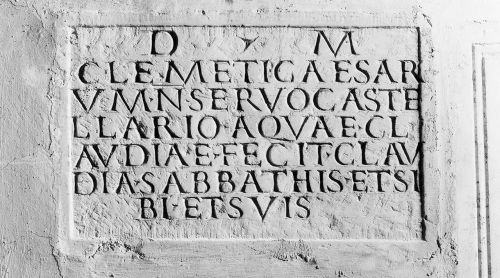
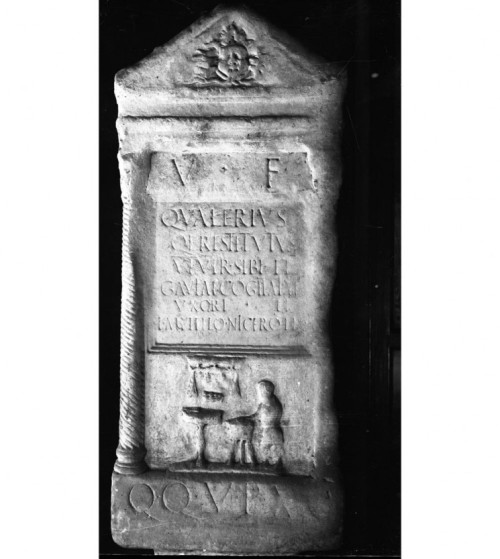

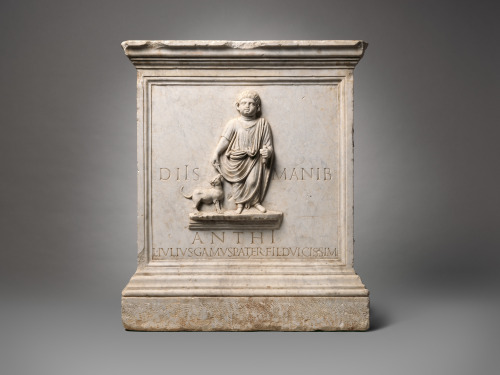

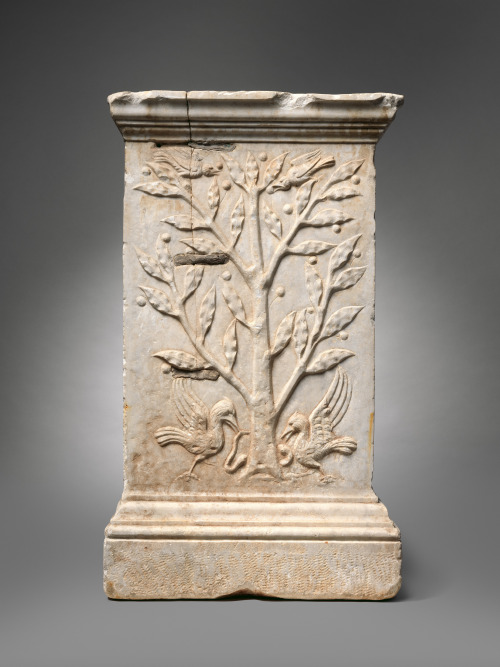

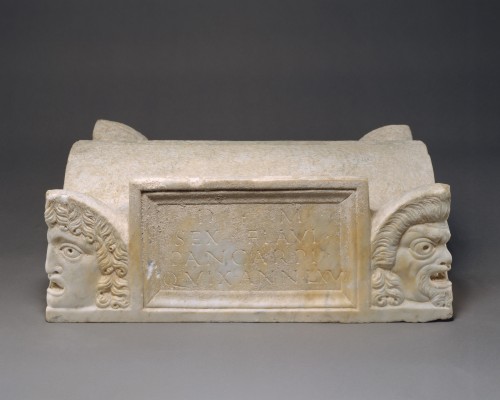




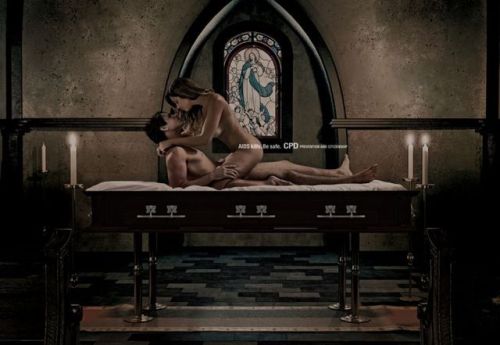




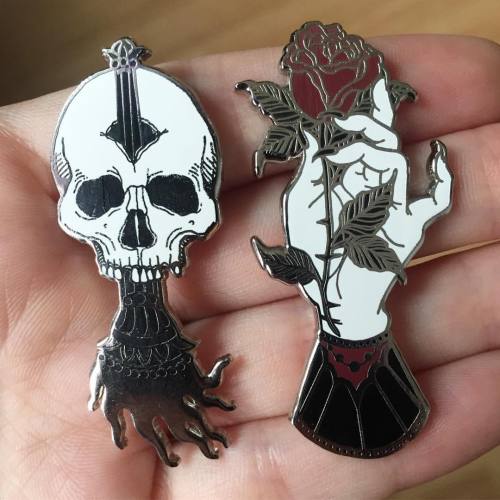
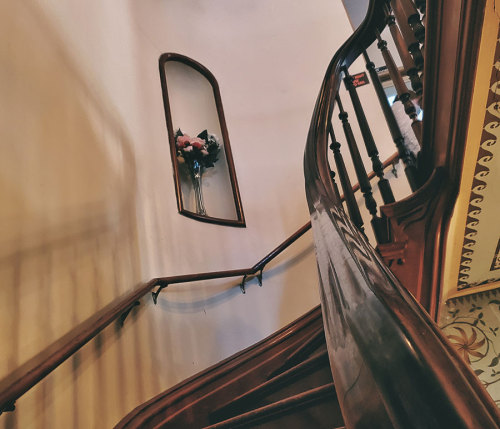
![Tombs of Staglieno IV: AT THE PRECIPICE+OMENS+Dark Field Monotype [Full Bleed Print]Ink on Paper, 15 Tombs of Staglieno IV: AT THE PRECIPICE+OMENS+Dark Field Monotype [Full Bleed Print]Ink on Paper, 15](https://64.media.tumblr.com/76e23bd3f0022617c691c5bd4084b343/4eaf73b38bdc12e9-68/s500x750/bb1a14568d213fdb46695667a5c1dd2d6ac1b76d.jpg)
![Tombs of Staglieno III: Stone Wings+OMENS+Dark Field Monotype [Full Bleed Print]Ink on Paper, 15 x 2 Tombs of Staglieno III: Stone Wings+OMENS+Dark Field Monotype [Full Bleed Print]Ink on Paper, 15 x 2](https://64.media.tumblr.com/c1a560f8833ae9c2be69652ddad6d175/cf9c37725ab89010-ef/s500x750/9ba7b7e220116dec6f406860d95892401b9509ad.jpg)
![Tombs of Staglieno II: WAITING+OMENS+Dark Field Monotype [Full Bleed Print]Ink on Paper, 15 x 222019 Tombs of Staglieno II: WAITING+OMENS+Dark Field Monotype [Full Bleed Print]Ink on Paper, 15 x 222019](https://64.media.tumblr.com/69d131ebdc982f660ded5024dec38218/eae146ba5196d9fb-0e/s500x750/63a911018cc49179b9bd3ba121bdd51779aa238c.jpg)
![Tombs of Staglieno II: WAITING+OMENS+Dark Field Monotype [Full Bleed Print]Ink on Paper, 15 x 222019 Tombs of Staglieno II: WAITING+OMENS+Dark Field Monotype [Full Bleed Print]Ink on Paper, 15 x 222019](https://64.media.tumblr.com/e590c9d18c083351a8e0b672d2e1ed1c/eae146ba5196d9fb-29/s500x750/701ac16e38d86f12db60b4284add9b994b7393fc.jpg)
![Tombs of Staglieno I: Requiem+OMENS+Dark Field Monotype [Full Bleed Print]Ink on Paper, 15 x 222019~ Tombs of Staglieno I: Requiem+OMENS+Dark Field Monotype [Full Bleed Print]Ink on Paper, 15 x 222019~](https://64.media.tumblr.com/386233032ed228a758b0fac00a8c683c/6511361f92dc3b7b-0c/s500x750/cc0719c0a2d80877fbd843a15ed60ae654af631f.jpg)

